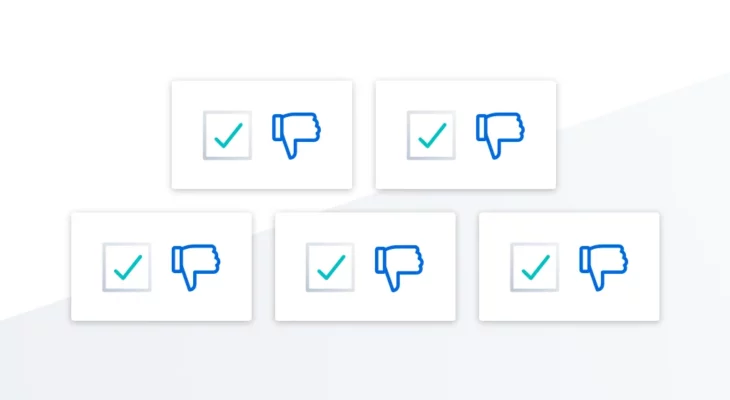There’s no doubt about it: the Customer Data Platform is the consummate poster child for martech in 2019. It seems like there’s a new offering up almost weekly, and everyone is getting on board. Massive marketing clouds and the smallest of startups alike have added their version of the CDP to the mix, but as many of us have learned by now, they’re not all created equal — and this leads to a whole mess of issues. Here are 5 things we all hate about the CDP trend.
5 Things We All Hate About the CDP Trend

1. THERE’S LITTLE ALIGNMENT ON WHAT THEY ACTUALLY DO
There’s a ton of literature touting the value of CDPs, but an overarching definition on the solution was only recently offered by experts. Originally, CDPs were designed to be both a database and provided an application to use in tandem (ie: predictive modeling). It was clear early on that the database was the most valuable component, and thus the purpose changed to a database that could plug into any application. Therefore, two categories of CDPs were born, say CDP experts: some just build our your customer database, and others both build a database and run this data through marketing and analytics programs. Until industry experts truly flesh out the categories of CDPs, and how to define them, it’s left up to marketers to seek out their perfect platform fit.
2. IT KIIIINDA SEEMS LIKE SOMETHING YOU ALREADY HAVE?
A lack of alignment on what a CDP actually is means that it’s easy to assume you don’t need one, or that the solutions you currently have basically add up to a CDP. Take DMPs, for example. While a DMP’s end goal might appear similar, these two platforms are far from identical. DMPs traditionally play in the adtech space, and can pull data from different sources (think 3rd party data) and categorize this data in order to target certain segments of customers with ads. CDPs collect and unify a company’s 1st party data in order to build 1:1 user profiles, which can be used for targeting, but also website personalization, email and push customization, and product recommendations.
3. THE BLACK BOX ETHOS IS RAMPANT
Though AI is the buzzword of the moment, the average businessperson has little clue how it works. This is through no fault of their own, of course. Most companies offering AI, particularly in the CDP space, have a black-box approach. Nobody wants to give insight into the secret sauce. But marketers deserve a platform that explains outputs and helps with understanding the various factors and weights that contributed to it. It’s only through this level of transparency that marketers can better understand their business and what’s going to help it grow.
4. THOSE WHO OVER PROMISE AND UNDER DELIVER
Big marketing clouds that are eager to check all of their customers’ boxes sacrifice quality when they add on or acquire a CDP offering. Unfortunately, a patchwork of acquisitions and hastily built add-ons always turns out to be problematic. A true CDP will be purpose-built from the start, natively providing data unification for 1:1 marketing at scale.
5. BUILDING A SOLUTION SEEMS LIKE IT WOULD WORK — BUT IT DOESN’T
It’s common to feel wary of the lack of customization or breadth of a new solution, particularly for Enterprise clients. This often leads to engineering teams attempting to build an in-house solution. Our Chief Growth Officer and former customer, Josh Francia, was one such buyer. You can read about his build vs. buy journey here.
Love or hate CDPs, they’re here to stay. If you’d like to learn more about our CDAP offering and how we can help you, connect with our team.


